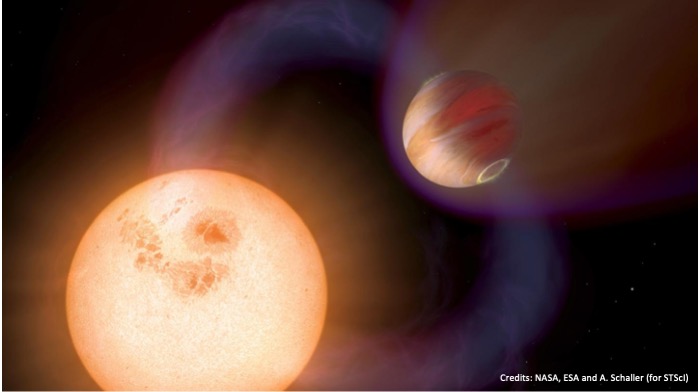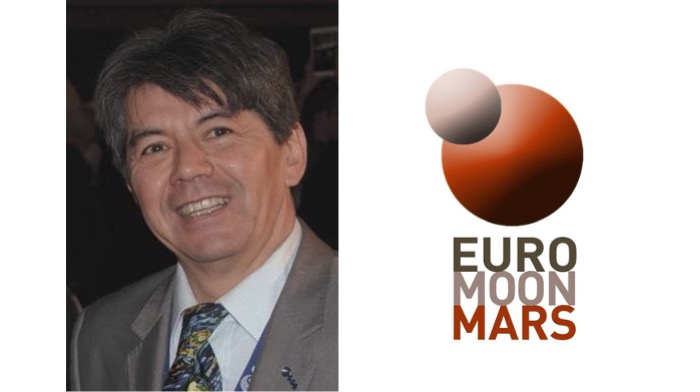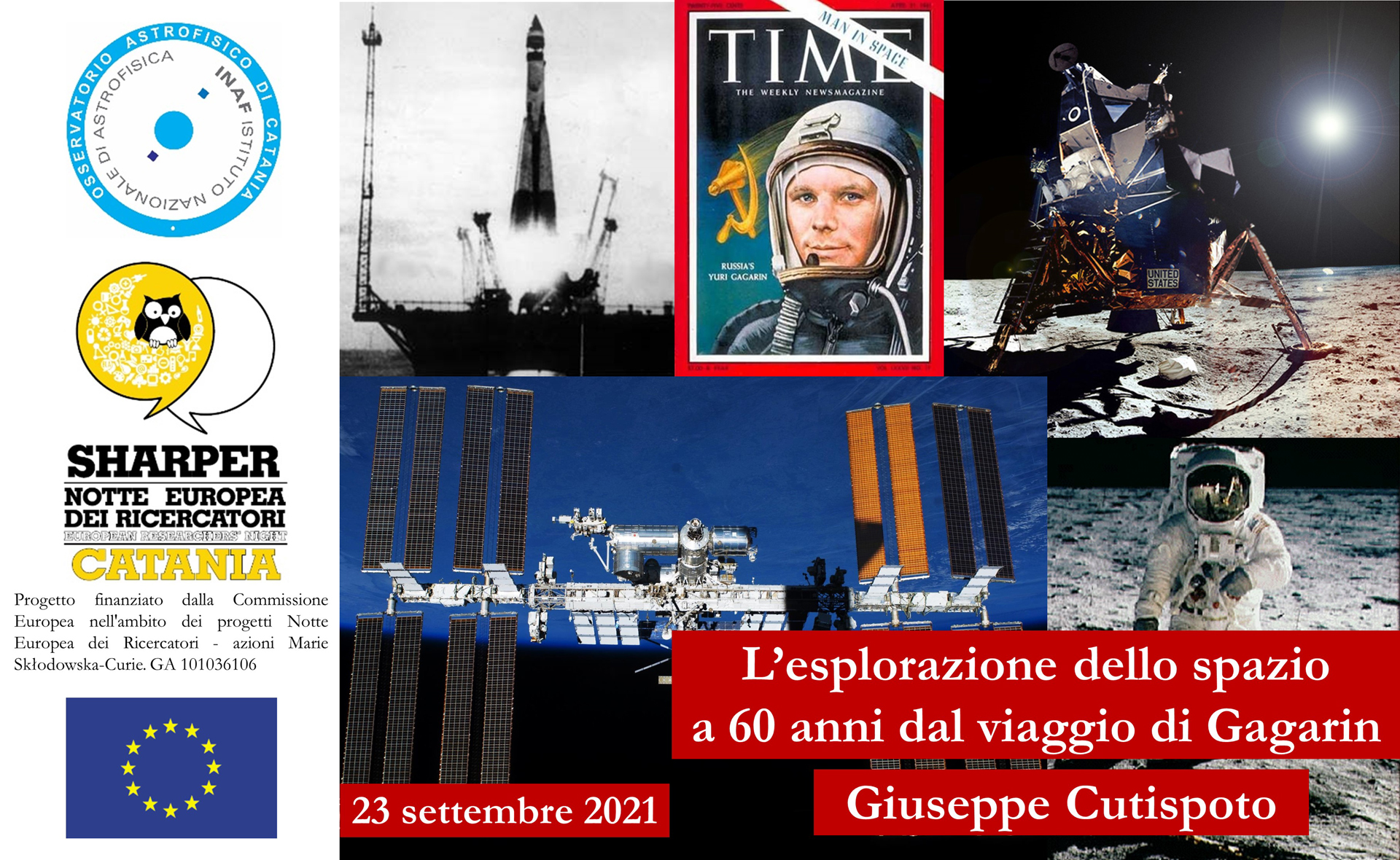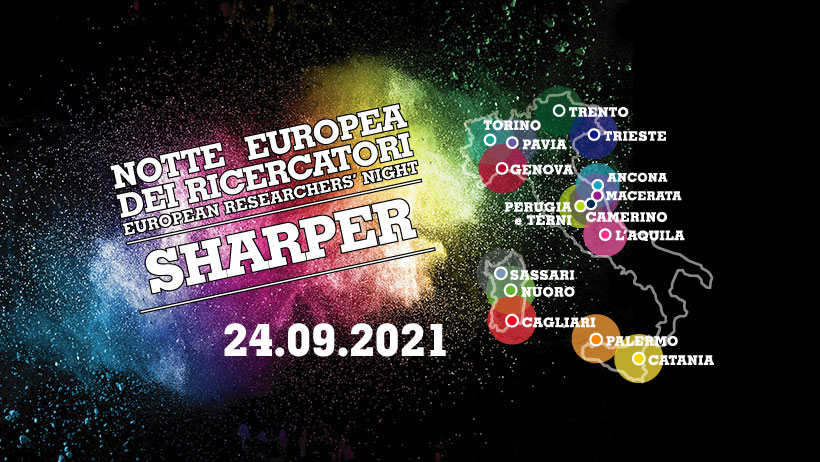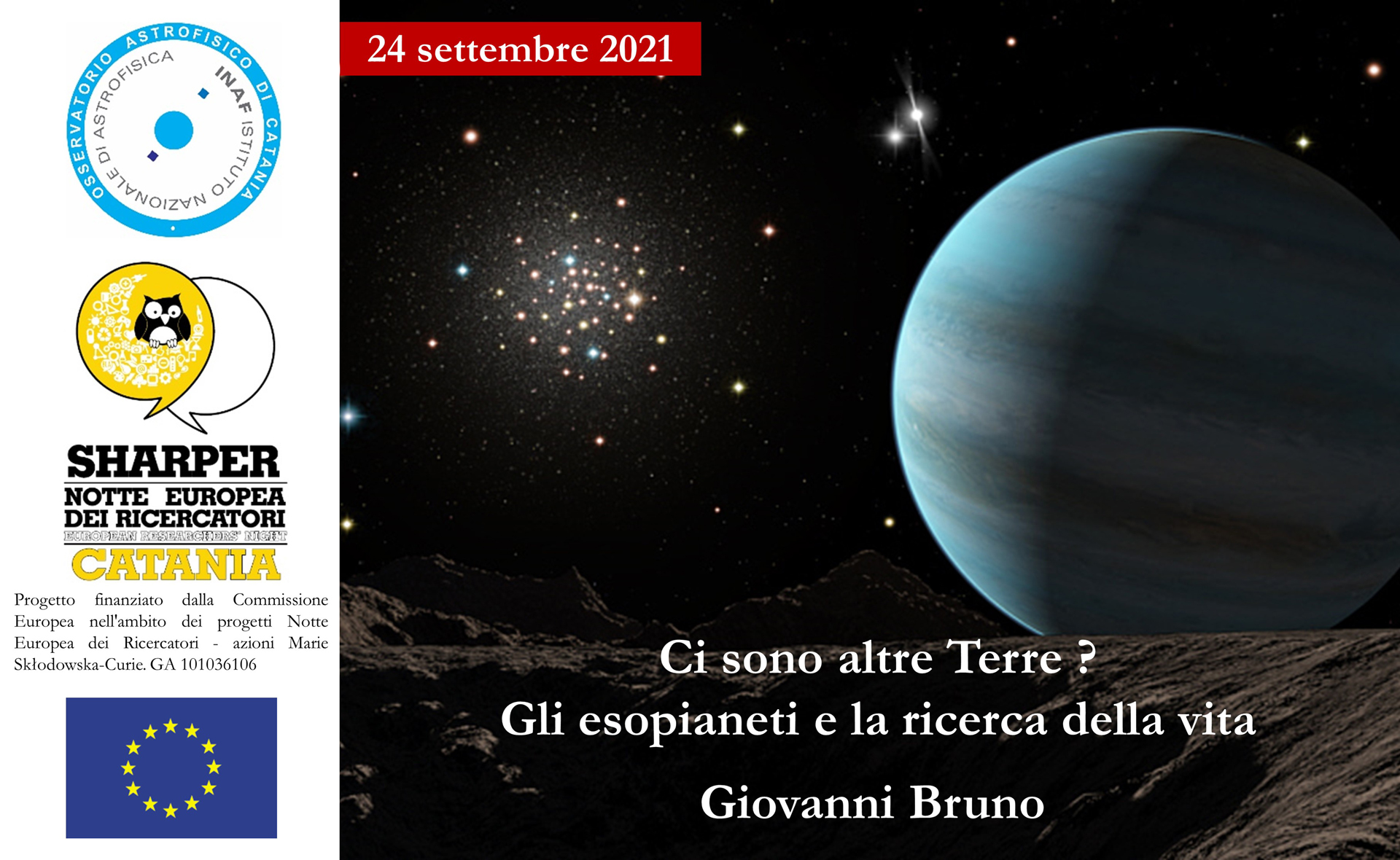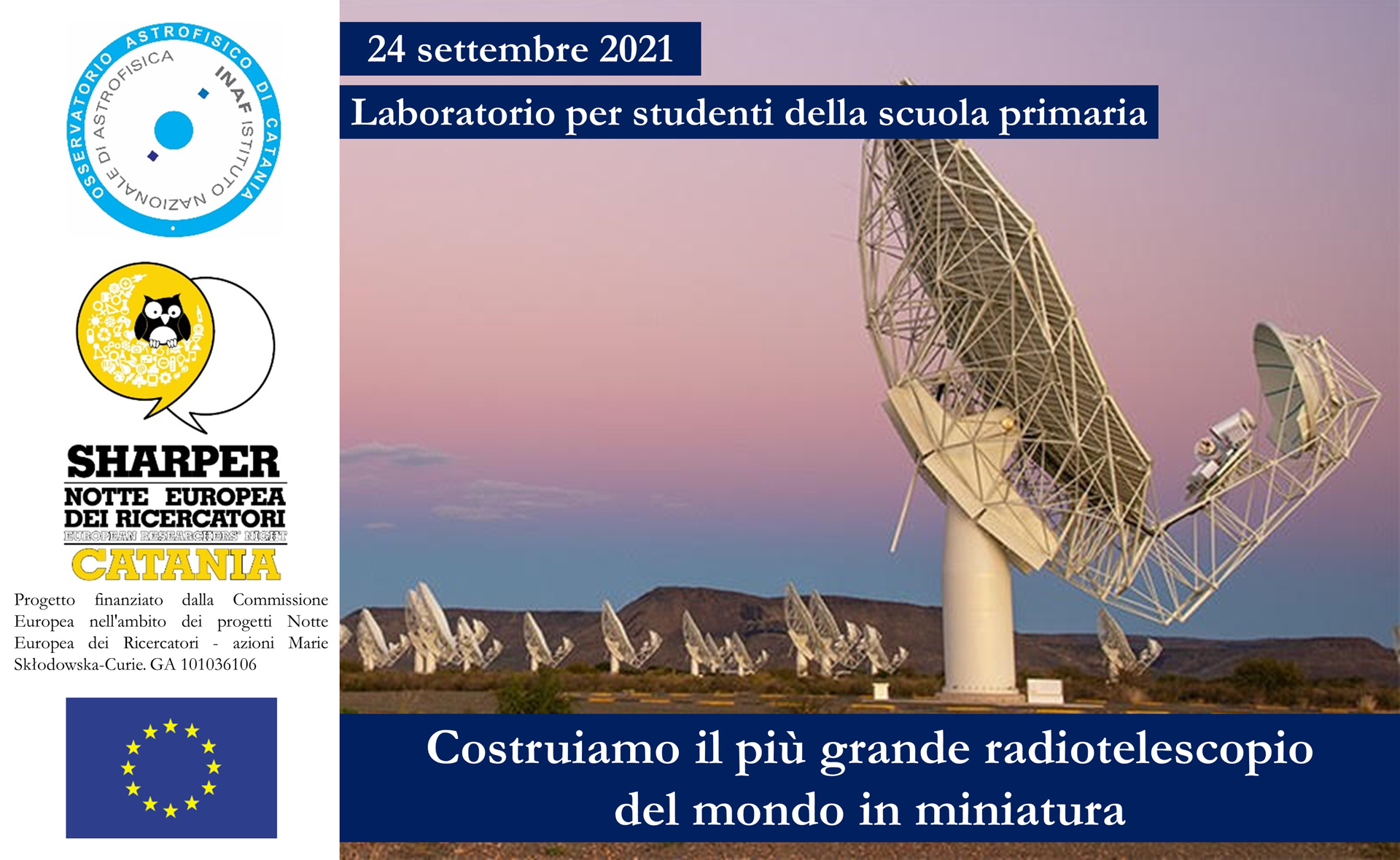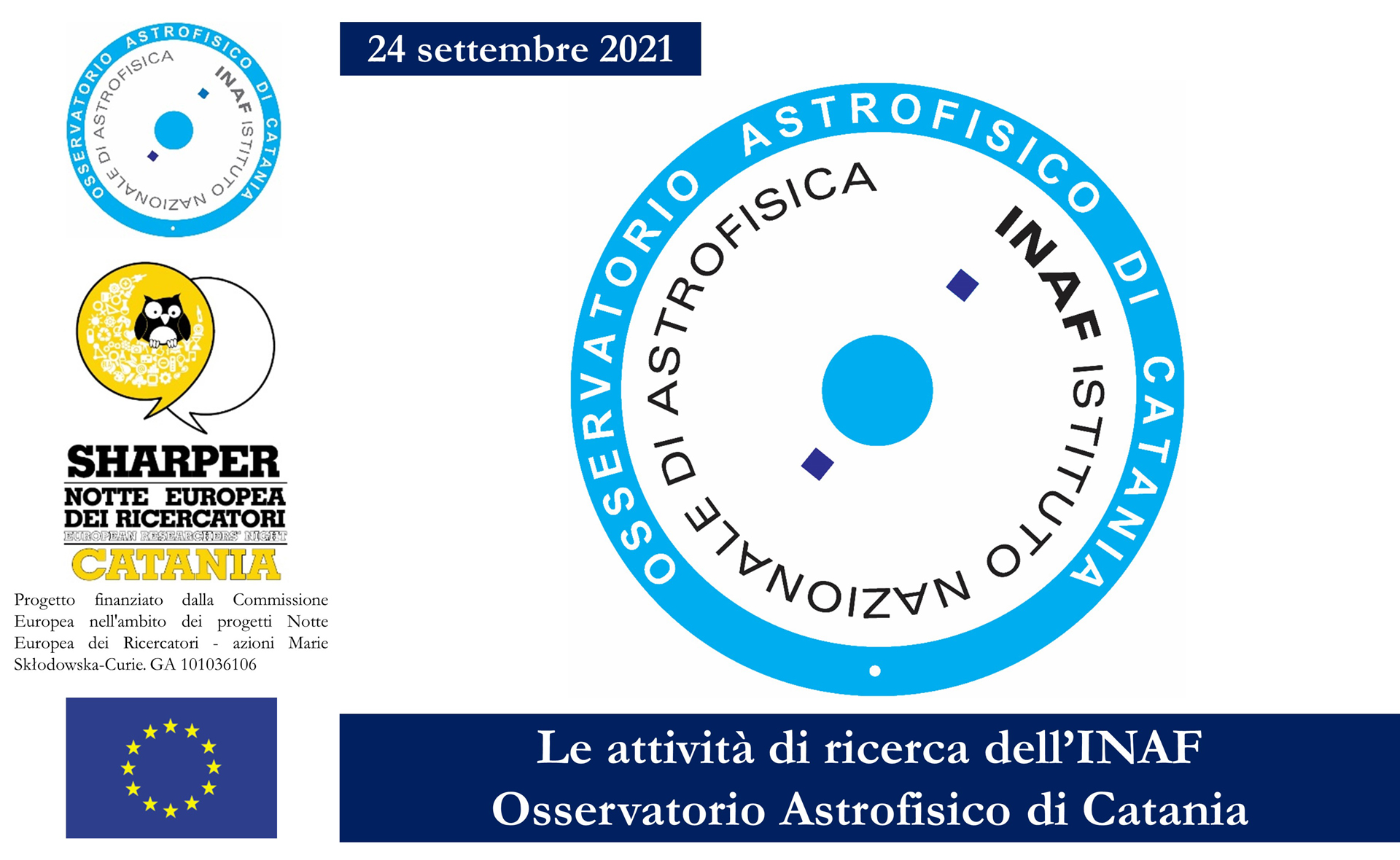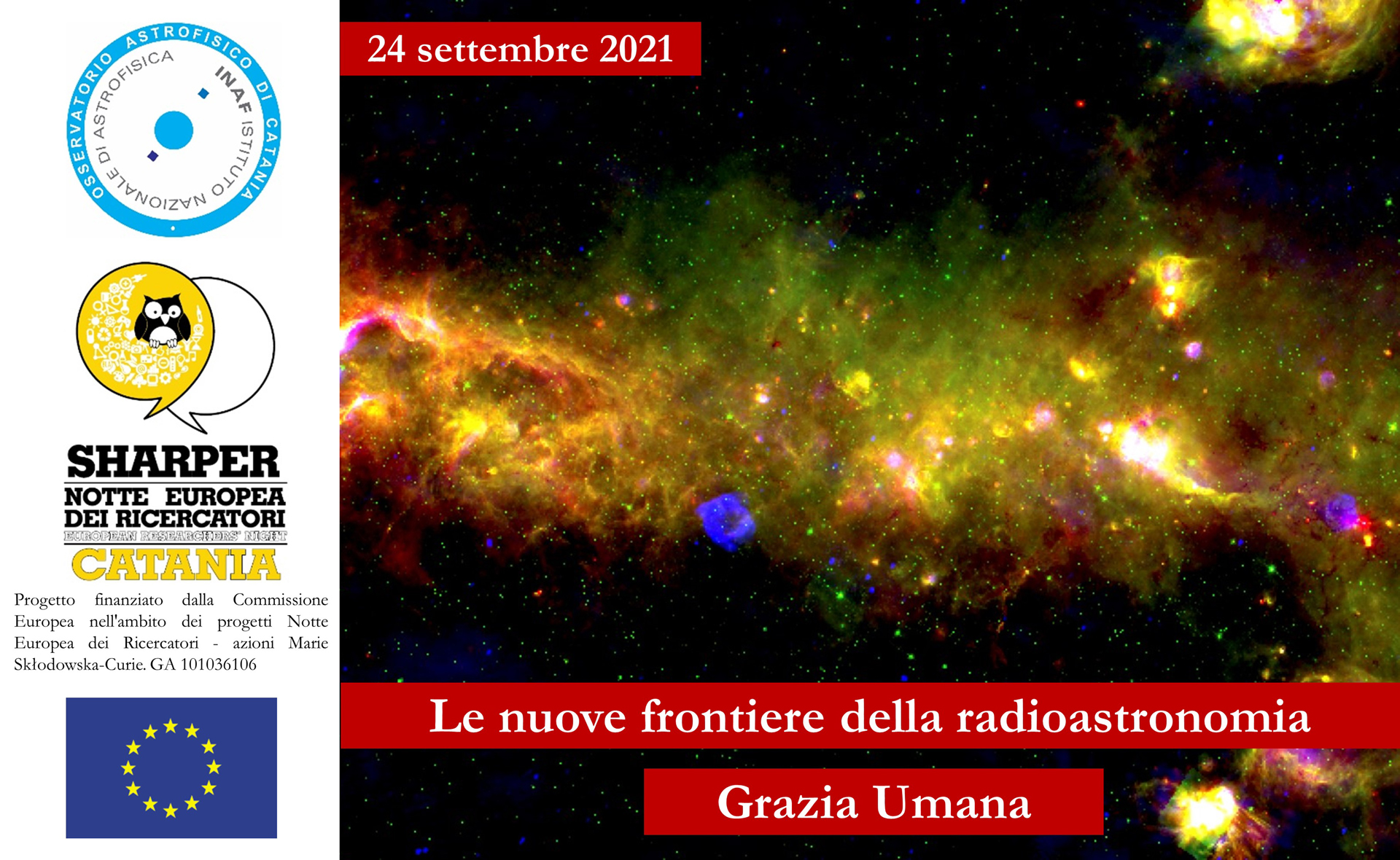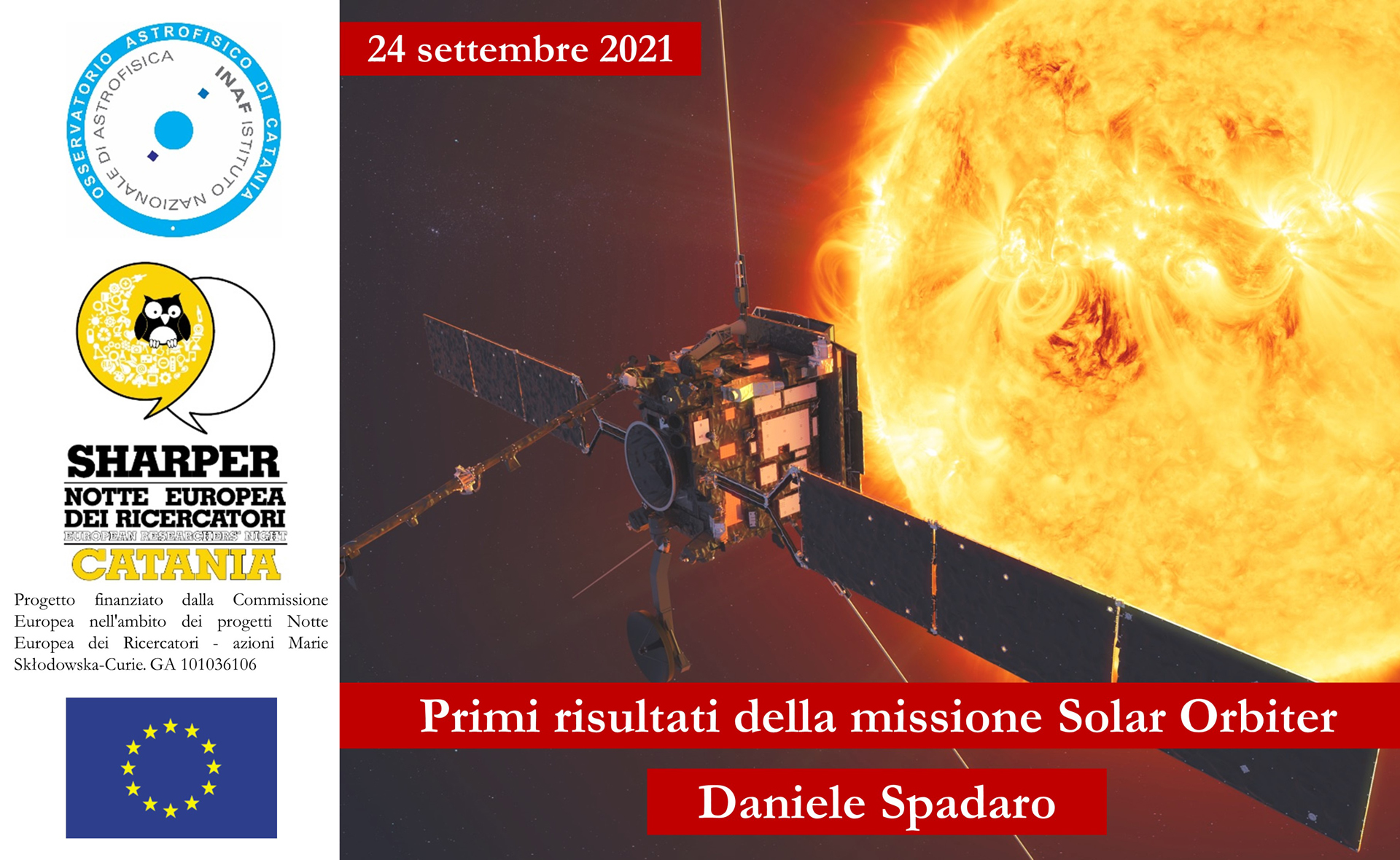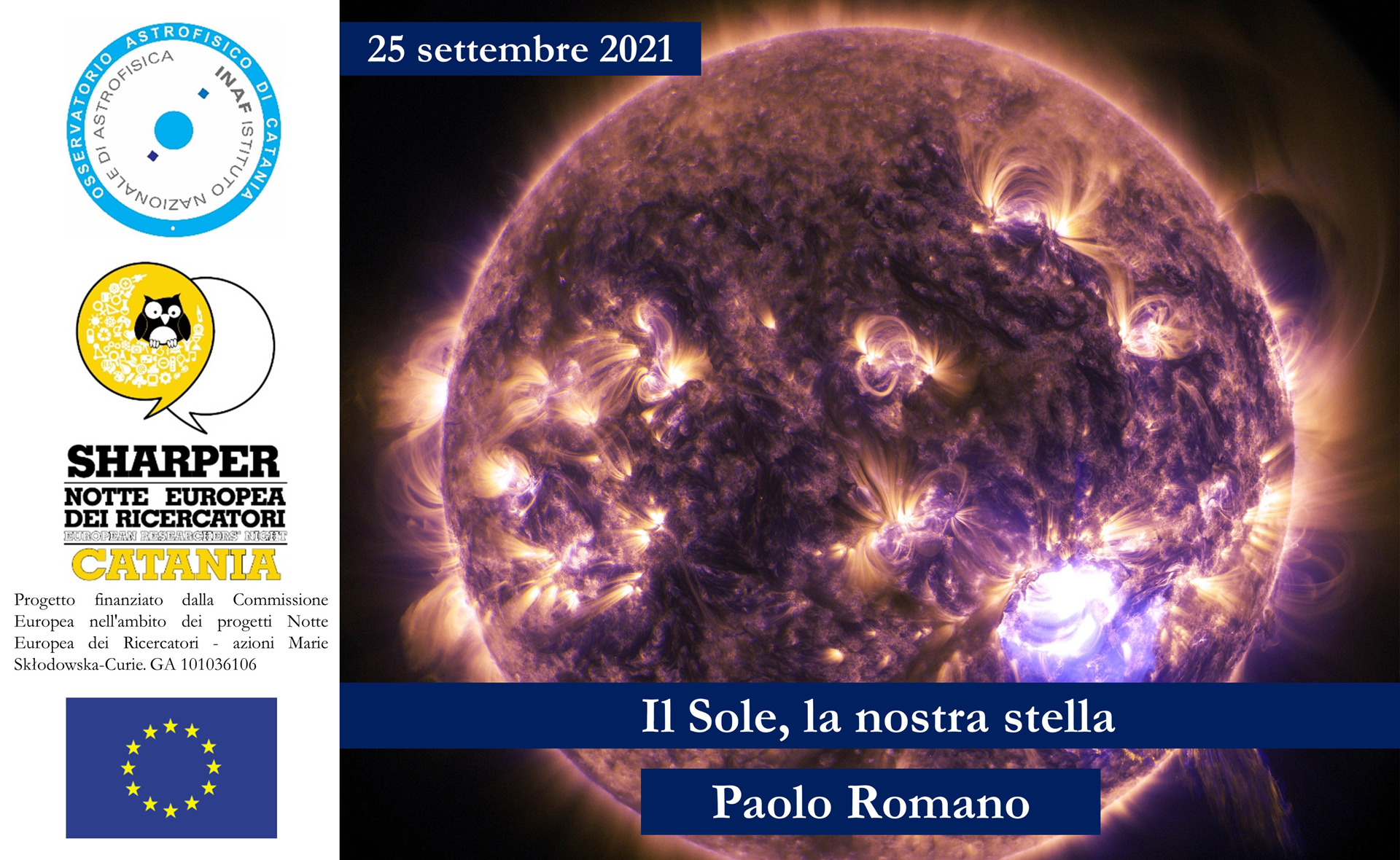Interactions between exoplanets and their host stars: the role of magnetic fields
Most of the planets known today orbit around late-type main-sequence stars and are very close to their hosts (orbit semimajor axis < 0.2 astronomical units). Therefore, they strongly interact with them through gravitational tides, radiation, and magnetic fields as well as through the stellar winds and coronal mass ejections. Stellar magnetic fields control the high-energy radiation that is responsible for the evaporation of the atmospheres of close-by planets and that may produce the radius dichotomy observed in planets with radii smaller than 3.5-4.0 Earth radii. Moreover, stellar magnetic fields produce winds that lead to a steady loss of angular momentum from the systems braking stellar rotation and modifying the tidal evolution of planetary orbits. Finally, stellar magnetic fields may directly interact with planetary fields leading to observable effects in the stellar atmospheres in the optical and/or in the radio spectral domains. I shall briefly introduce such interactions focusing on some recent investigations that could provide information on planetary magnetic fields, in particular on those of close-by giant planets, the so-called hot Jupiters.
